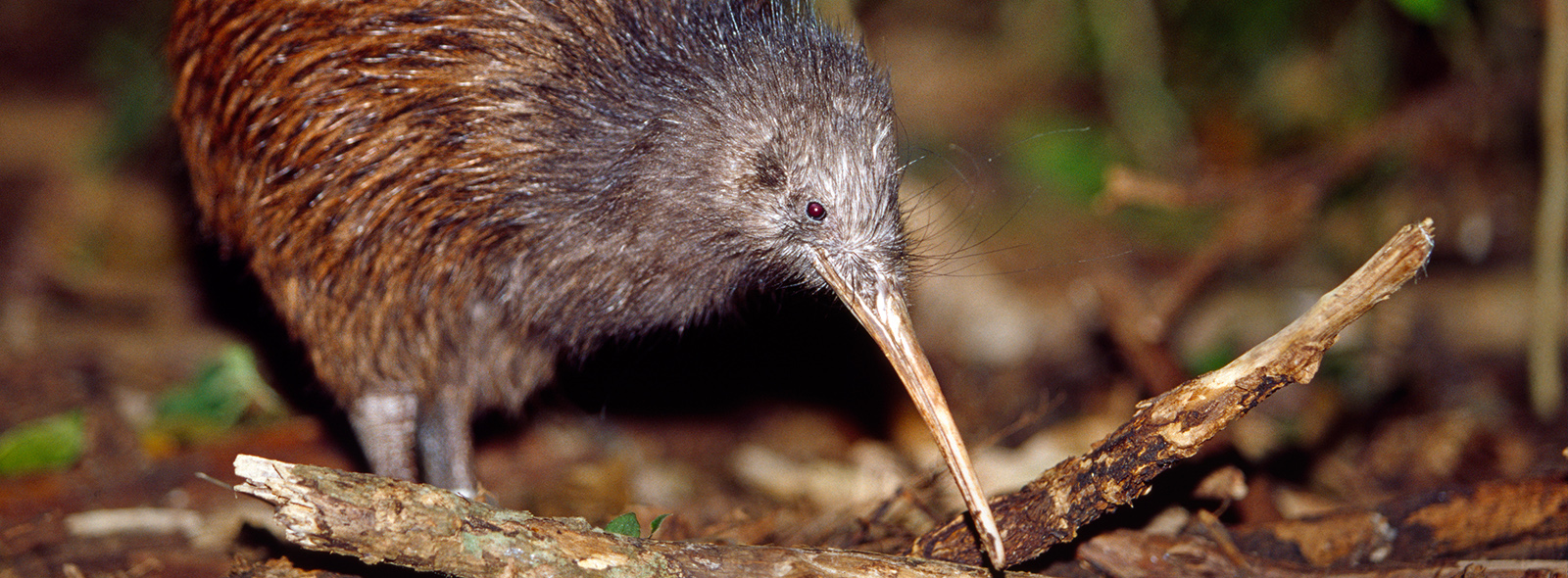New Zealand under siege: A review of the management of biosecurity risks to the environment
Managing the risks that unwanted organisms pose to our economy, environment and society is a major challenge for New Zealand. A number of species deliberately or unintentionally introduced in the past have subsequently become pests that are costly to manage. We face increasing risk of harmful organisms arriving with growing volumes of imported goods, travellers and vessels from a wide range of countries. New Zealand is literally 'under siege' from organisms that threaten our unique but fragile indigenous flora, fauna and biodiversity, as well as the health of people.
Our biosecurity system has traditionally focused on protecting farming and forestry from pests and diseases. This is an important aspect of biosecurity, but our total economic wellbeing also depends on the quality of New Zealand's environment, its biodiversity and other natural features.
As trade and tourism increase so do the pathways and opportunities for unwanted organisms and vector-borne human diseases not previously found in New Zealand.
This review identifies a number of strengths of the current biosecurity system. It also reveals some weaknesses in the environmental management aspects of the system and the opportunities for addressing them. One of these opportunities is the Government's commitment to the development of a Biosecurity Strategy and the protection of marine biosecurity.
Recommendations are made to the Minister for Biosecurity, and to biosecurity agencies and others, to improve the environmental management aspects of biosecurity.
There are three background papers. These examined changes to New Zealand's biosecurity system over the previous decade (a look back), current and emerging ecological risks and the challenges these will bring to the biosecurity system in the foreseeable future (a look forward), and key economic issues facing New Zealand's biosecurity system and their influence on decision-making.

